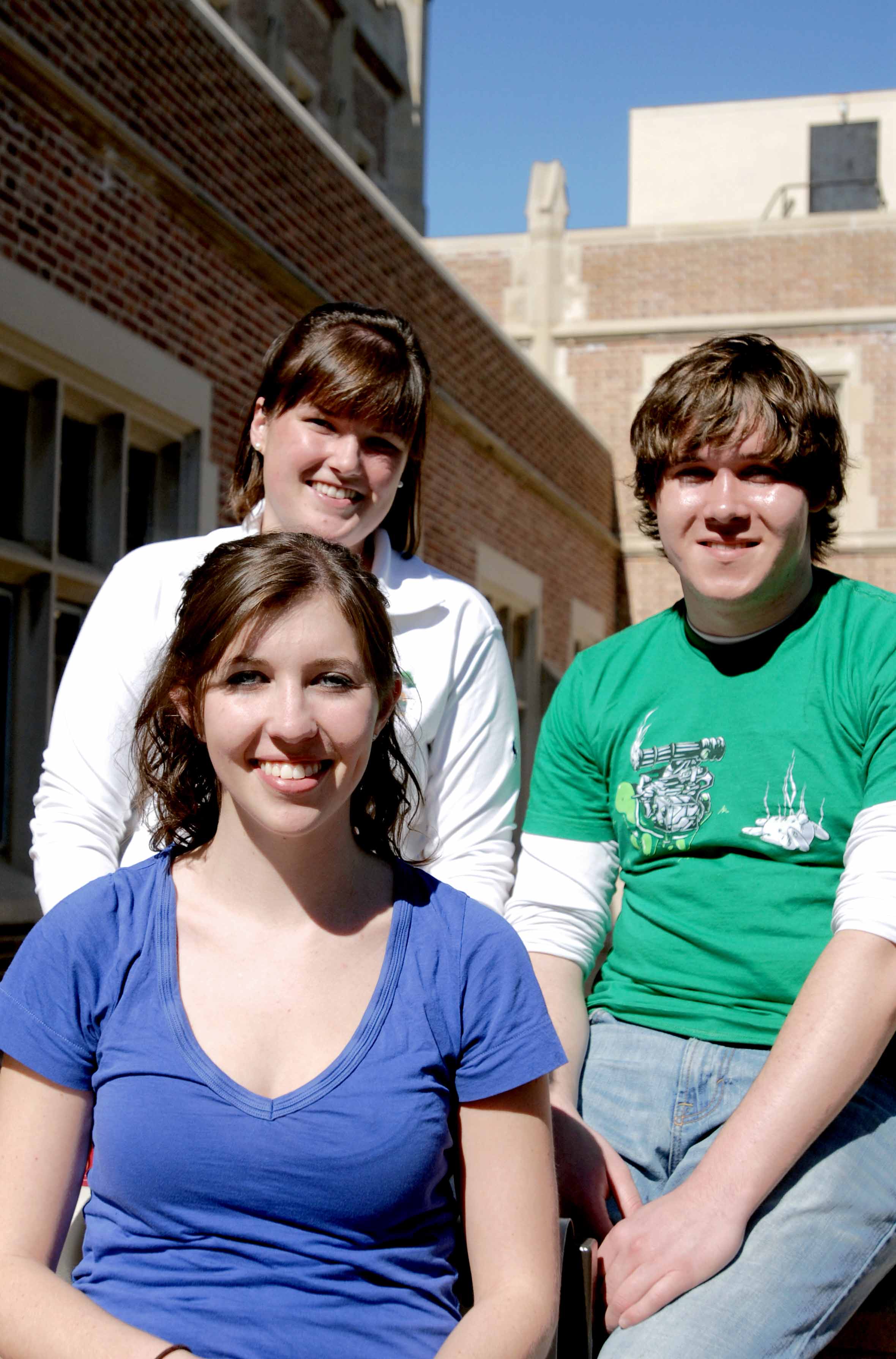Project Brainstorm is not your typical science course.
Instead of reading a book about the brain the old-fashioned way, UCLA neuroscience students teach local K-12 students hands-on science with various activities like optical illusions, vision-impairing goggles and a comparison of animal and human brains.
“Students respond a lot better to undergrads than parents,” said Aida Attar, a neuroscience graduate student who leads the course. She added that K-12 students think science is cool and not just for nerds when they see UCLA students teaching the course.
Five years ago, the UCLA Brain Research Institute started Project Brainstorm, Neuroscience 192. One of the class goals is to help undergraduates become proficient in presenting scientific knowledge at a basic level, Attar said. The class also helps with outreach to Los Angeles schools, promotes a college education and gets younger students excited about neuroscience, she added.
“A lot of the schools in the area don’t have a strong science curriculum so they don’t get a lot of brain and science taught to them,” Attar said.
The eight undergraduates in the class design lesson plans on areas of the brain and spinal cord and create games and activities for the K-12 students.
When the undergraduates teach the younger students what they have learned in class, it brings fun back into the neuroscience major, and reminds them why they chose that field of study, Attar said.
“Most of the science here (at UCLA) is learning and memorizing and this is hands-on. You get to show people and teach people, and learn in a different way,” said Blaire Beers-Mulroy, a third-year neuroscience student.
The younger students see various brain specimens, including slices of brain tumors, brain shunts and a brain after a car accident. The brains, donated by the UCLA Brain Research Institute, are carefully kept in plastic bags and students can feel them through the plastic, Attar said.
“Everybody learns science but how many kids have seen a spinal cord and brain?” Mulroy said. During the human brain station, it was helpful for the kids to visualize the actual inside of the brain by taking it apart.
The UCLA students get as much out of it as the kids do and it’s a nice change from studying and taking a test, said Sara Nowakowski, a third-year neuroscience student. UCLA students create a different learning environment from the ordinary lecture K-12 students receive everyday.
At the end of the lesson, the kids were given brain erasers and left with a bit of knowledge to take home to share with their family and friends about the brain, Mulroy said.
“Kids are interested in sharing their knowledge of the brain, so hopefully Project Brainstorm will keep growing bigger and bigger every year,” said Justin Gillis, a third-year neuroscience student.
